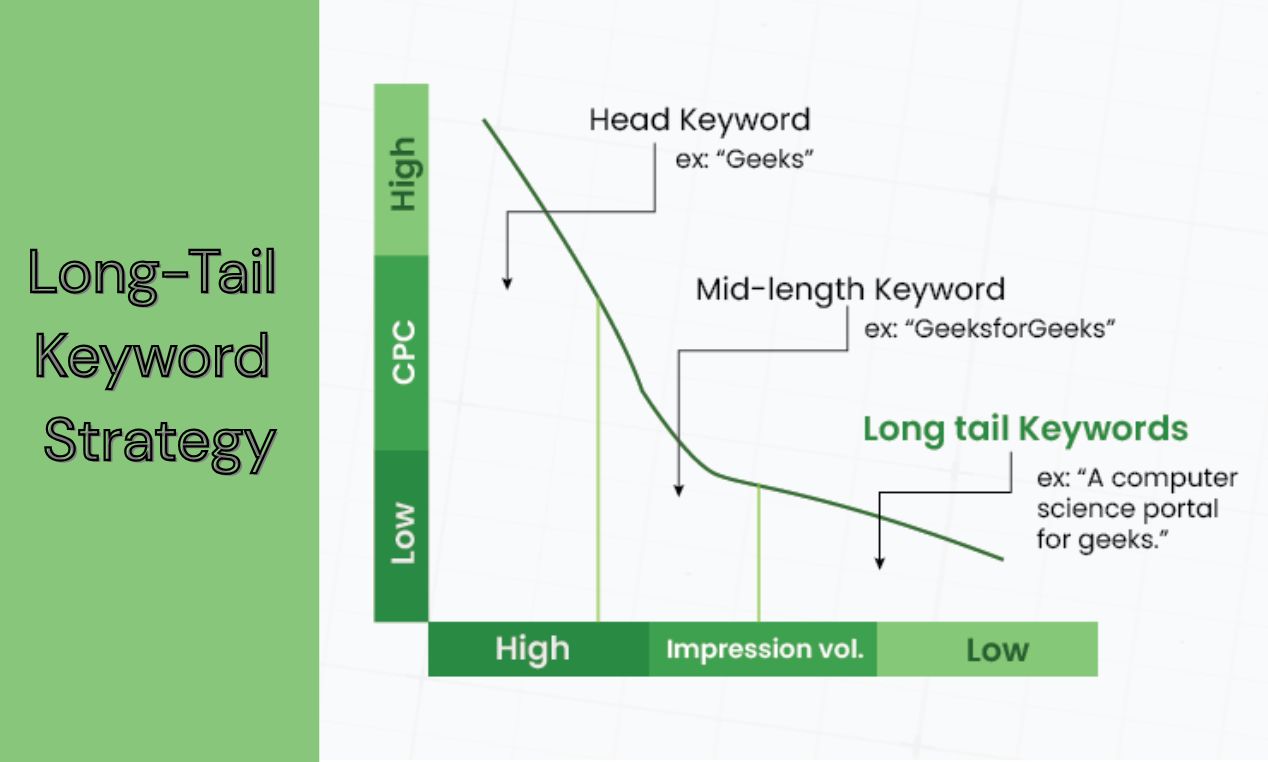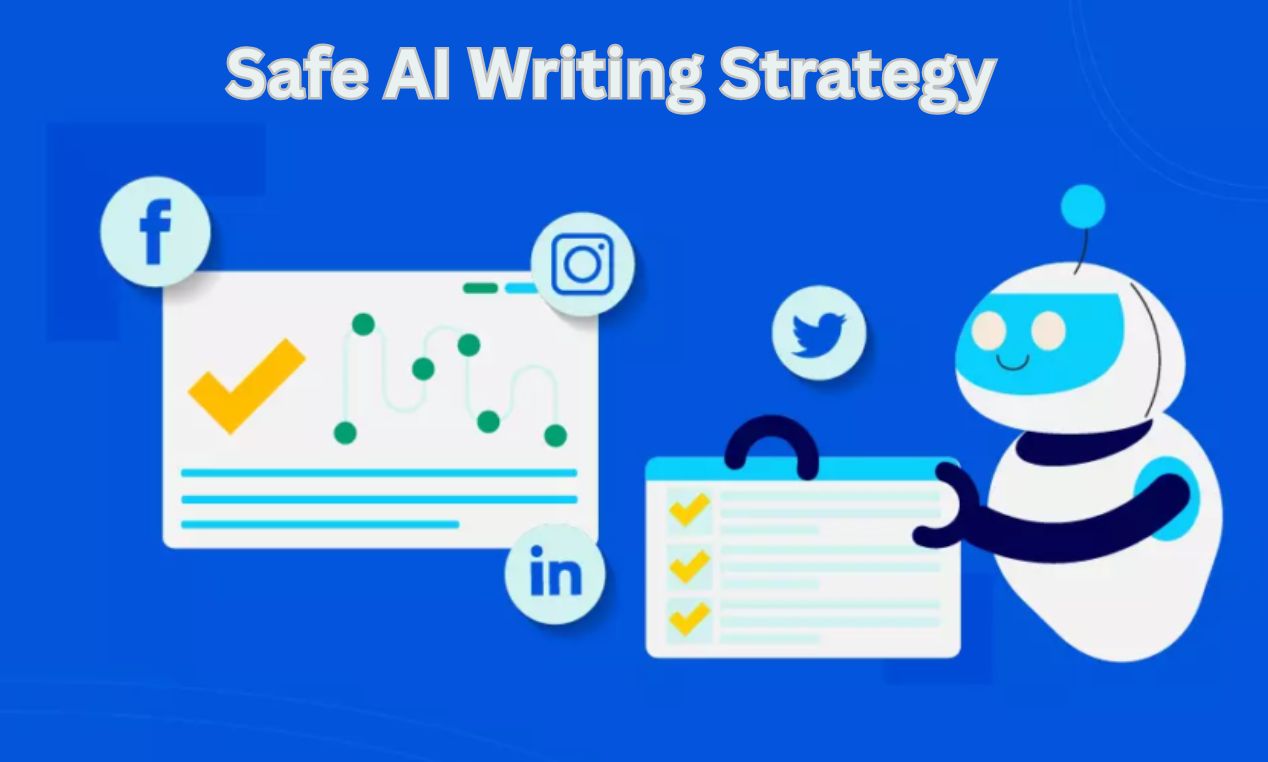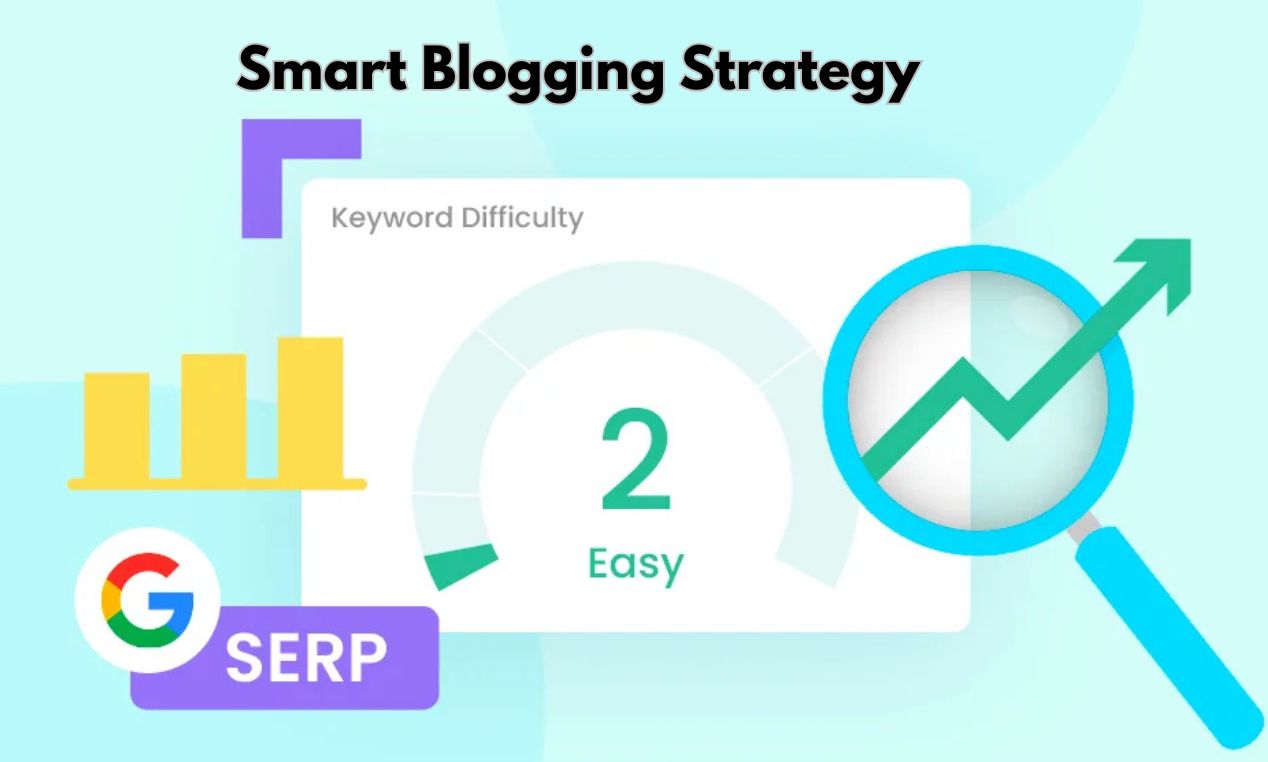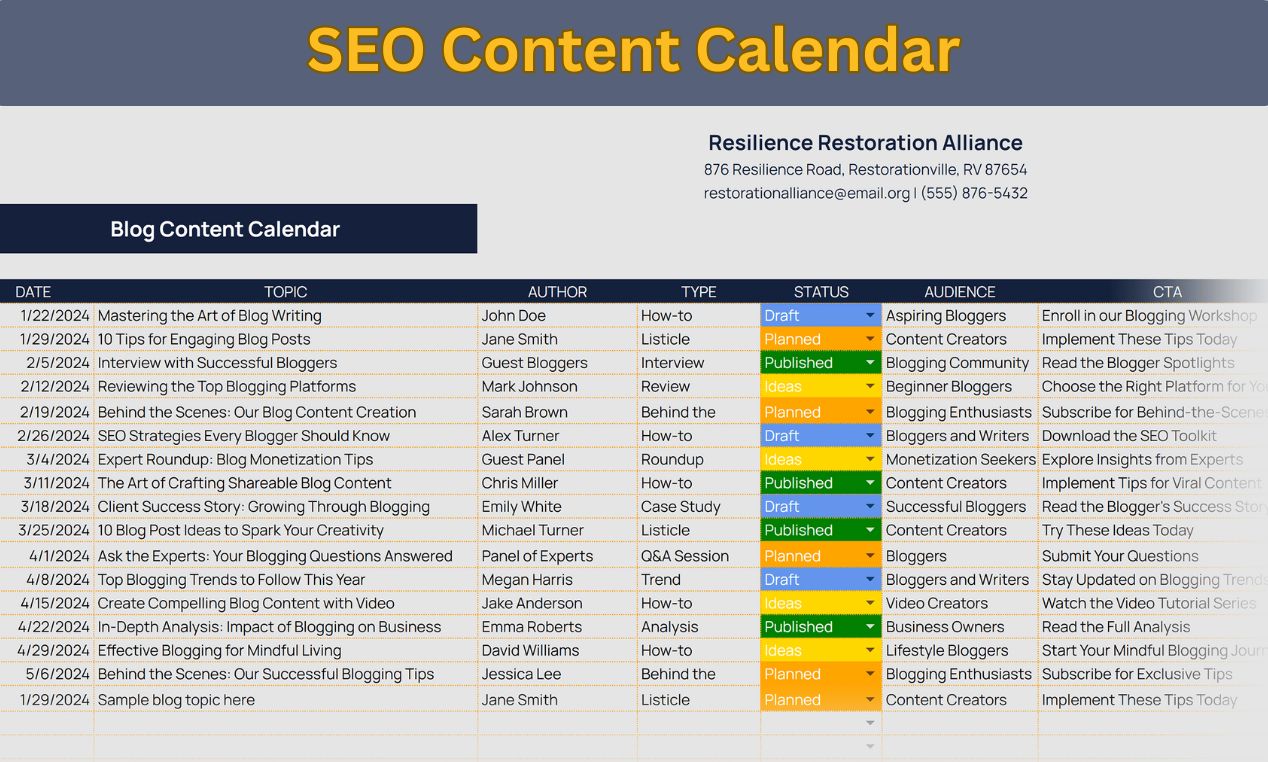Starting a new blog feels exciting until you type your topic in Google and see big websites already sitting at the top. Competing with huge authority sites on broad topics is tough, and honestly, it can take months or even years.
That’s where a Long-Tail Keyword Strategy makes a real difference. Instead of fighting for crowded terms, you focus on specific, simple search phrases real people use every day. These keywords help new bloggers rank quicker without needing a high domain authority or a pile of backlinks.
If you’re building your blog from scratch, using a Long-Tail Keyword Strategy gives you a fair chance to get noticed, earn organic traffic, and keep yourself motivated while your site grows.
Table of Contents
Long-Tail Keyword Strategy
What is the fastest way to rank a keyword?
Let’s be real: the fastest way to rank a keyword is not by chasing high-competition topics. Instead, focus on low-competition, long-tail search terms that directly solve someone’s problem.
That’s the whole idea behind a Long-Tail Keyword Strategy skip the crowded topics and go after searches where real users want real answers.
For example, instead of writing about:
“Weight loss tips”
Try something more specific like:
“meal plan for office workers to lose belly fat”
When you answer a focused question like that, your content becomes useful for a smaller but highly interested group of readers. Google values this because you’re helping someone directly, not just writing for traffic.
\The more specific and targeted your topic is, the faster you can move up search results and that’s exactly why a Long-Tail Keyword Strategy works so well for new bloggers.
What is the long tail strategy?
If you’re wondering what the long tail strategy really means, think of it like this:
Instead of fighting for one giant keyword with huge competition, you build traffic from many small keywords.
Each keyword may bring only 50, 100, or 300 monthly visits but when you create content around multiple long-tail topics, those small numbers add up. And over time, you build strong, steady traffic.
It’s like growing a garden: one seed is small, but a whole field? That’s where it becomes powerful.
How do I target long-tail keywords?
Targeting long-tail keywords is simpler than it sounds. Here’s a friendly way to approach it:
Step-by-step method
- Think about real questions people ask
- Use autocomplete tools and forums
- Look at related searches on Google
- Choose topics you genuinely understand
Avoid generic “keyword stuffing.” Instead, talk naturally and give real value.
You don’t need a complicated long-tail keyword generator to start. Even simple places like Google Search box, YouTube search suggestions, and Reddit threads can give you strong ideas.
Write your article as if you’re explaining something to a friend over coffee clear, calm, and helpful.
Long-tail keywords examples
To make this clearer, here are practical long-tail keywords examples from different niches:
| Niche | Long-Tail Keyword Example |
|---|---|
| Fitness | “home workout plan for women after pregnancy” |
| Blogging | “how to write blog posts faster without losing quality” |
| Travel | “budget travel ideas for solo female travelers India” |
| Tech | “best laptops under 40k for students with coding needs” |
| Food | “easy dinner recipes for busy working moms” |
Notice the detail in each phrase. These aren’t keywords big sites go after right away and that’s why they work for you.
Using a long-tail keyword generator wisely
There are many tools you can try, but remember: tools help, they don’t replace your thinking.
Popular options include:
- Google Keyword Planner
- AnswerThePublic
- AlsoAsked
- Ahrefs / SEMrush / Ubersuggest
- Keyword Surfer (browser tool)
Use tools to gather ideas, but trust your understanding of your audience too. The best long-tail keyword strategy comes from knowing what your readers truly search for.
Conclusion
Ranking quickly isn’t about shortcuts. It’s about being smart with your topic choices, being consistent, and understanding what people need when they search.
Long-tail keywords don’t just bring visitors they bring the right visitors. The ones actually interested in your topic, ready to read, subscribe, and come back again.
As a new blogger, you don’t need perfection or pressure. You just need clarity, consistency, and patience.











